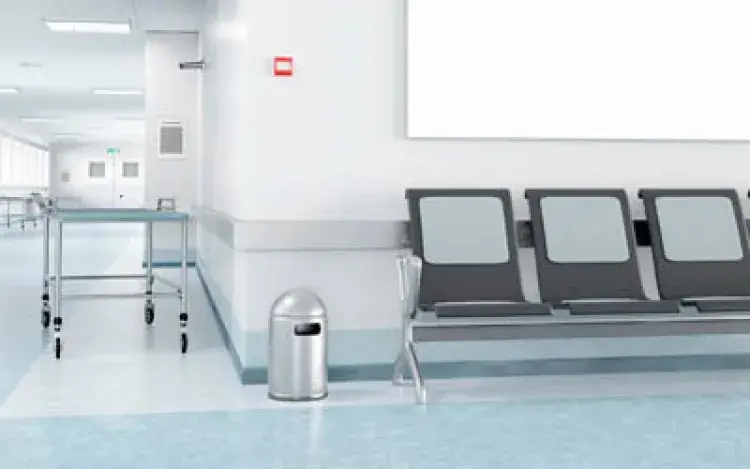
Integrated Acute Care Leads to Sepsis Bundle Compliance
Case Study

The Challenge
Released by the Centers for Medicare and Medicaid Services (CMS) in October 2015, sepsis bundle management is a test of a hospital's ability to navigate the future of healthcare.
Unlike more straightforward CMS quality metrics, the sepsis bundle requires longitudinal, detailed reporting on patient care spanning multiple departments, including diagnoses, fluids, antibiotics, monitoring, lab testing and outcomes.
The incumbent model of care used different specialty physician groups to staff disparate departments and struggled to execute on initiatives which required this level of coordination. Without a single, responsible team taking ownership, the program was much more likely to fail. Hospitals needed to align care across multiple teams to ensure compliance and patient success.
Though no reliable statistics existed for nationwide compliance with the bundle, anecdotally it appeared to be very low, in the range of 30-40%. This reflected a challenging environment for hospitals and health systems as well as a need for better coordination of care.
At the time, there were more than one million cases of sepsis per year, according to the National Institute of General Medical Services. That same study estimated that between 28 and 50 percent of those people died, more than deaths from prostate cancer, breast cancer and AIDS combined. Therefore, an effective response to sepsis was essential for improving population health and lowering mortality rates.
The Solution
Integrated Acute Care from US Acute Care Solutions (USACS) provided a unique avenue to supply a necessary element to the success of any sepsis bundle compliance program: a united team that took ownership over the process and was held accountable for its success.
USACS implemented Integrated Acute Care for a partner hospital in southwest Pennsylvania. From the start, the collaborative healthcare model of managing both the emergency department and hospitalist services laid the groundwork for success. The sepsis bundle program there included four essential components:
- A united interdisciplinary team: USACS formed a process improvement team which brought together representatives from key departments throughout the hospital, including pharmacy, radiology, lab personnel, the documentation team, hospital quality leaders, the CNO and APP leadership. This collaborative approach allowed USACS to diagnose areas for improvement while remaining accountable for moving the overall program forward.
- Outreach and education: Sepsis presentations can be difficult to identify, so USACS embarked on an aggressive education campaign to ensure that nursing staff and physicians could identify and effectively triage potential sepsis patients.
- Identifying areas of fall-off: Over the course of several weeks and months, USACS used hospital data and input from the interdisciplinary team to identify several areas of improvement, including:
- Installing an automated process to ensure a second lactate test was drawn within six hours of presentation if the initial lactate level was greater than two. Previously, there had been a fall-off on ordering repeat lactates.
- Changing the sepsis order set and educating staff to ensure proper antibiotic selection in order to meet the bundle metrics.
- Creating a set guideline for proper dosing of fluid resuscitation.
- Continuing education and monitoring: With the program in place for more than a year, USACS continued to monitor its compliance to identify and correct any areas of small drop-offs.
The Results
75 % COMPLIANCE IN 12 MONTHS
In January of 2016, when the program began, the hospital was 0% compliant. Within a few months compliance had reached 75%. In months 6-12 after program implementation, the Integrated Acute Care Team was able to maintain sepsis bundle compliance between 60% and 75%.
As healthcare continues its shift from volume to value and reimbursements are increasingly tied to quality metrics, a health system's ability to meet the sepsis compliance bundle is a signpost of its preparedness for the future. By partnering with USACS to implement its model of Integrated Acute Care, the hospital in southwest Pennsylvania has improved its patient care and is poised to thrive.
Ultimately, the combination of the Integrated Acute Care model with USACS’ culture of physician ownership meant the hospital could rely on an accountable, unified team of physician leaders to not only execute but also maintain its success with progressive improvement over the long-term.
NEW PARTNERSHIPS
NEW OPPORTUNITIES
If you’d like to explore all USACS can offer your facility and join our nationwide network of partners, contact us today.
